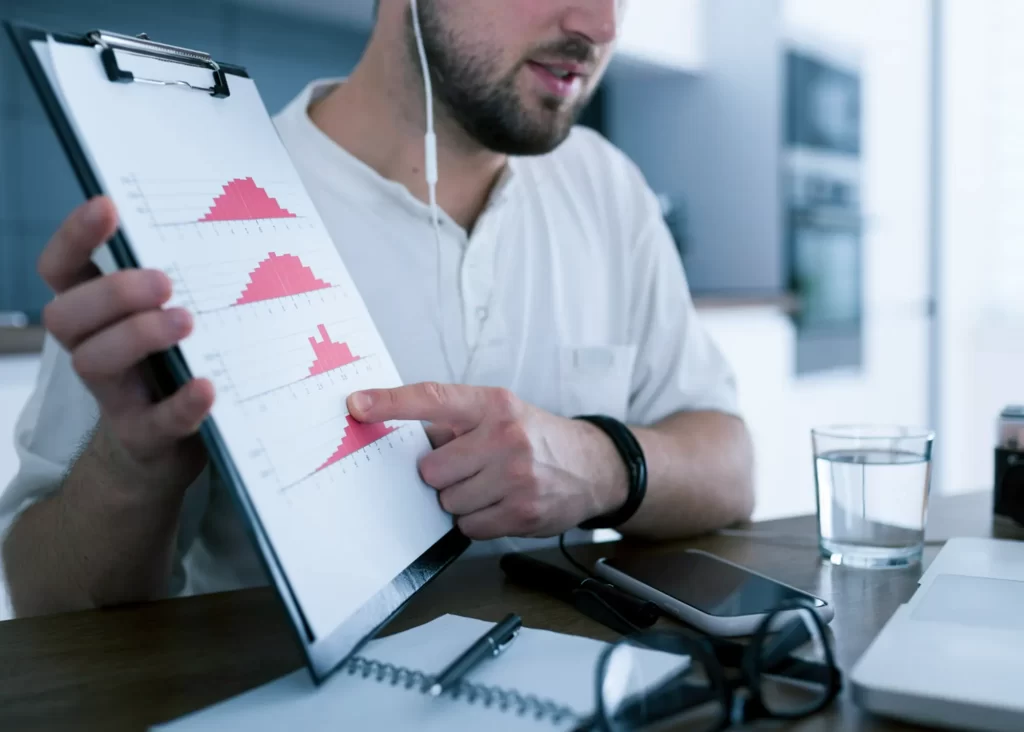7 TIPS TO REDUCE BOUNCE RATE ON YOUR WEBSITE
The bounce rate is the percentage of users who leave a website after reading only one page and not engaging with any other pages or material on the site. Reduced bounce rates on a website are crucial since they have a direct impact on the user experience and overall performance of the website.
HERE ARE SOME TIPS TO REDUCE THE BOUNCE RATE OF YOUR WEBSITE:
IMPROVE WEBSITE SPEED
IMPROVE WEBSITE DESIGN
OPTIMIZE WEBSITE CONTENT
IMPROVE WEBSITE RELEVANCE
USE INTERNAL LINKING
IMPROVE MOBILE RESPONSIVENESS
USE EXIT-INTENT POPUPS
IMPROVE WEBSITE SPEED
A slow website can cause visitors to leave your site quickly, leading to a high bounce rate. To improve your website speed, you can compress images and videos, minimize the use of large files, and use a content delivery network (CDN) to improve load times. You can also optimize your website code and minimize HTTP requests to improve speed.
IMPROVE WEBSITE DESIGN
An unappealing or confusing website design can also cause visitors to leave your site quickly. Make sure your website is easy to navigate, with clear menus and calls-to-action (CTAs) that guide visitors to other pages on your site. Use a consistent color scheme and font style throughout your website to make it look professional and cohesive.
OPTIMIZE WEBSITE CONTENT
Make sure your website content is engaging, relevant, and easy to read. Use headings, subheadings, and bullet points to make it easier for visitors to scan your content. Use short paragraphs and clear language to make your content more accessible. Also, ensure that your website’s content is up-to-date, as outdated content can drive visitors away.
IMPROVE WEBSITE RELEVANCE
To improve your website’s relevance, use relevant keywords and meta tags to make it easier for visitors to find what they’re looking for. Research popular search terms related to your business or industry, and include them in your website’s content and metadata. Use a clear and concise title tag and meta description for each page on your website.
USE INTERNAL LINKING
Internal linking is a great way to keep visitors on your website longer. Use internal links to guide visitors to related content on your site, such as blog posts, product pages, or FAQs. Internal linking can also improve your website’s navigation and make it easier for search engines to crawl your site.
IMPROVE MOBILE RESPONSIVENESS
Make sure your website is optimized for mobile devices, as more and more people are using smartphones and tablets to access the internet. Use a responsive design that automatically adjusts to different screen sizes and resolutions. Also, ensure that your website’s text and images are easy to read and navigate on a mobile device.
USE EXIT-INTENT POPUPS
Exit-intent popups can be used to keep visitors on your website by offering them something of value, such as a discount or free resource. These pop ups appear when a visitor is about to leave your site, and they can help to increase engagement and reduce bounce rate. However, it’s important not to overuse exit-intent popups, as they can be annoying and drive visitors away.
By implementing these tips, you can improve your website’s user experience, reduce bounce rate, and increase engagement. To further improve your search engine rankings and drive more traffic to your website, while also maintaining a great user experience, get in touch with us and avail our services! To know more about it, visit https://branddess.com or give us a call @ 9061441525

